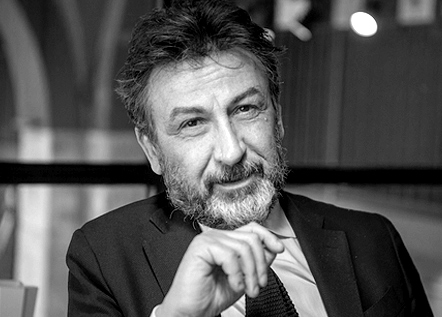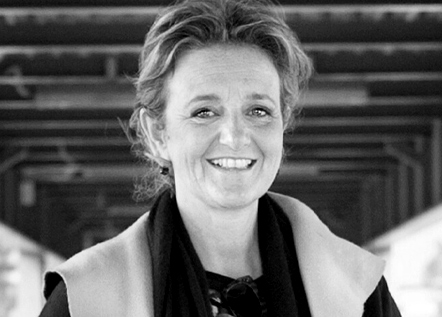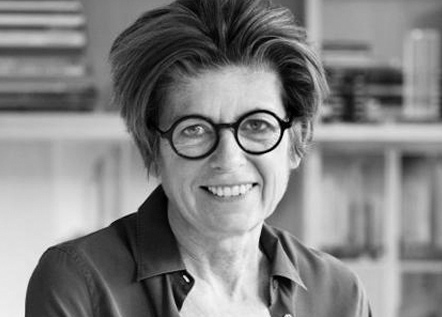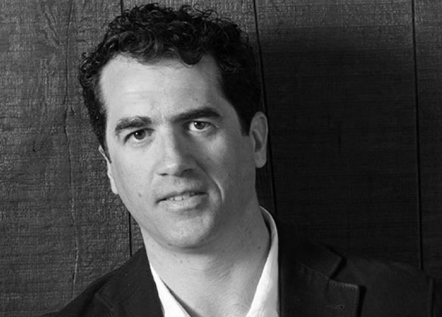Contributors
Filter contributors by:

Maurizio De Caro
Architect
Architect, Journalist, collector of contemporary art, architectural theorist, former professor of Aesthetics at the Faculty of Architecture of Politecnico di Milano, Maurizio De Caro wrote essays for Electa, Fabbri Editore, Di Baio, Carte Segrete, Maggioli. Collaborate with Corriere della Sera, Il Sole24ore, La Stampa, il Riformista and others etc., currently columnist for affari Italiani.it and ONE (Listone Giordano). Among its projects: the light rail Cascina Gobba-H. San Raffaele, the headquarters of Don Mazzi’s Exodus Community, the Ravizza Park redevelopment with the new lighting systems called “Palo Ambrosiano” and many residential interventions, including two districts in Milan and Rho, and an important complex in Nova Milanese. He coordinated the design group for the realization of the Service Architectures of Expo Milano 2015. Since 2018 he is art director of Krill Design Councilor of the Order of Architects of the Province of Milan were ha lives and works.

Guendalina Salimei
Architect
Guendalina Salimei, Architect and Professor of Architectural Design, director of the Master “Progettazione degli Edifici per il Culto” and professor of the PhD Theories and Design at Sapienza in Rome, is a member of the Italian-German center of excellence Villa Vigoni, the Michelucci Foundation, the Inarch and the UIA Work Program. She carry out a fruitful collaboration activity with the TUD of Darmstadt in Germany, with the NUCE of Hanoi in Vietnam, the KSUAE of Kazan in Tatarstan and the University of Sant’Anselmo in the Vatican City. She has always led her professional activity and research activity in parallel, in a constant contamination of themes and interests. In ’92 she founded T-Studio, whose activity finds a specific field of investigation in the complex relationships that are established between the design methodologies and the intervention methods of the built and natural environment. Her work, often operating in urban decay and social conditions, combines innovation and tradition, with a sensitive awareness of the local habitat. Winner of numerous awards both in Italy and abroad, among her most significant achievements: the Art Museum in Foligno, the Auditorium della Tecnica and the Mazzacurati school in Rome, the Cosenz barracks in Gaeta, the cemeteries of Frascati and Naples, the waterfronts in Taranto, Naples and Corigliano, Sparano street in Bari, reuses in Ferrara and Bologna, the fourth floor of the Corviale building and social housing in Rome, Ceccano and Latina. She designed an eco-neighborhood in Bratislava and numerous projects in Vietnam such as the eco-city in Dao Viet. There are many participations by her as a member of juries for architecture awards and committees for the qualitative evaluation of the architectural environment and as a speaker at conferences on the themes of sustainable architecture, urban reuse, sacred architecture and others. She is the author of numerous national and international publications as well as a member of the scientific committee of the journal Metamorfosi.

Patricia Viel
Architect and CEO ACPV
Patricia Viel, francese, nata a Milano nel 1962, si laurea in Architettura al Politecnico di Milano nel 1987. Inizia la sua collaborazione con Antonio Citterio nel 1986. Dal 1999 è socia dello Studio e responsabile dell’architettura. Partecipa come relatore a numerosi incontri di studio come esperta di una concezione di architettura ispirata ad una forte integrazione fra progetto e paesaggio urbano.
Dal 2005 al 2012 fa parte del Consiglio direttivo dell’Istituto Nazionale di Architettura, IN/ARCH. Dal 2009 al 2012 fa parte della Commissione per il Paesaggio del Comune di Milano. A settembre 2009 lo studio ha cambiato la propria denominazione sociale in Antonio Citterio Patricia Viel (ACPV) .
